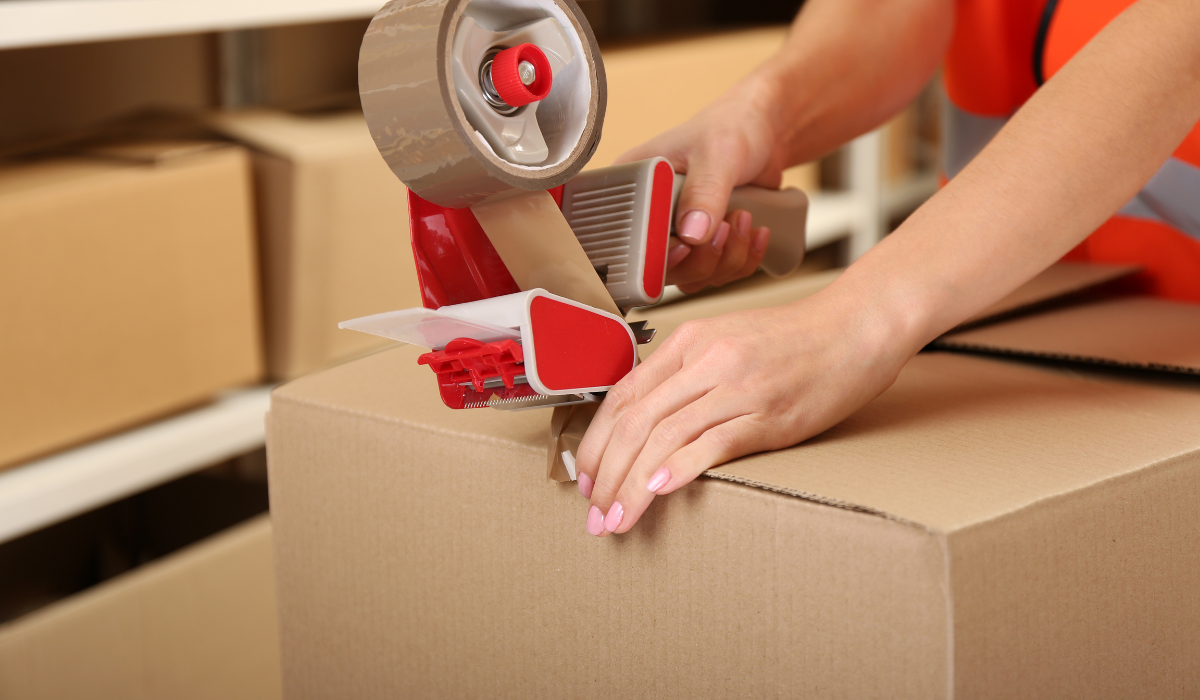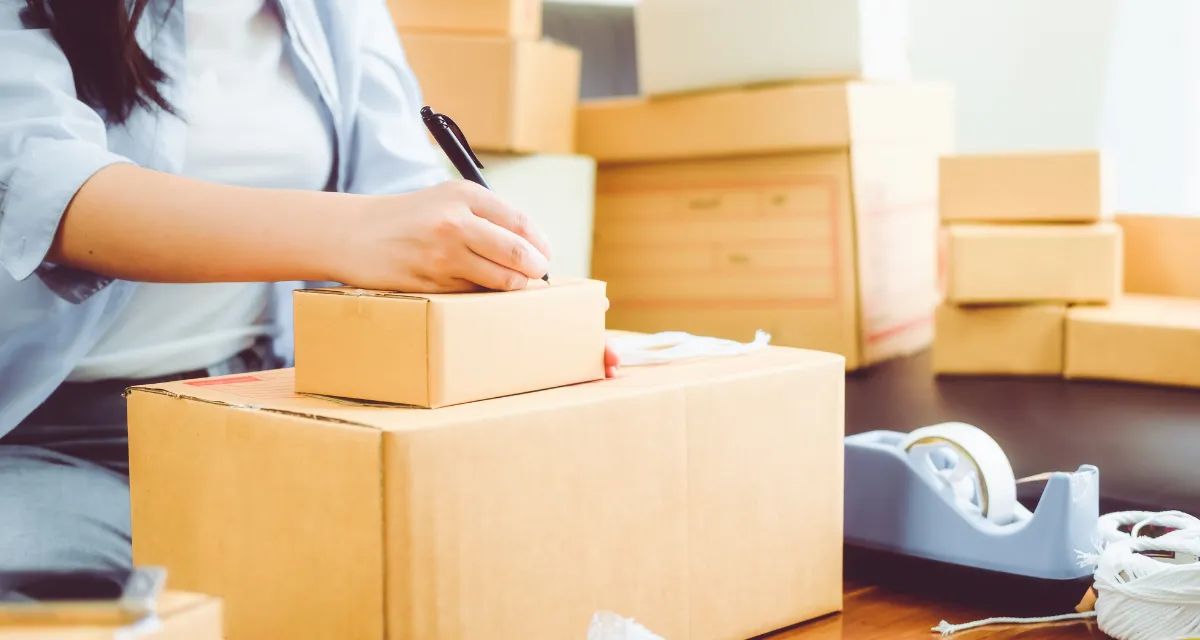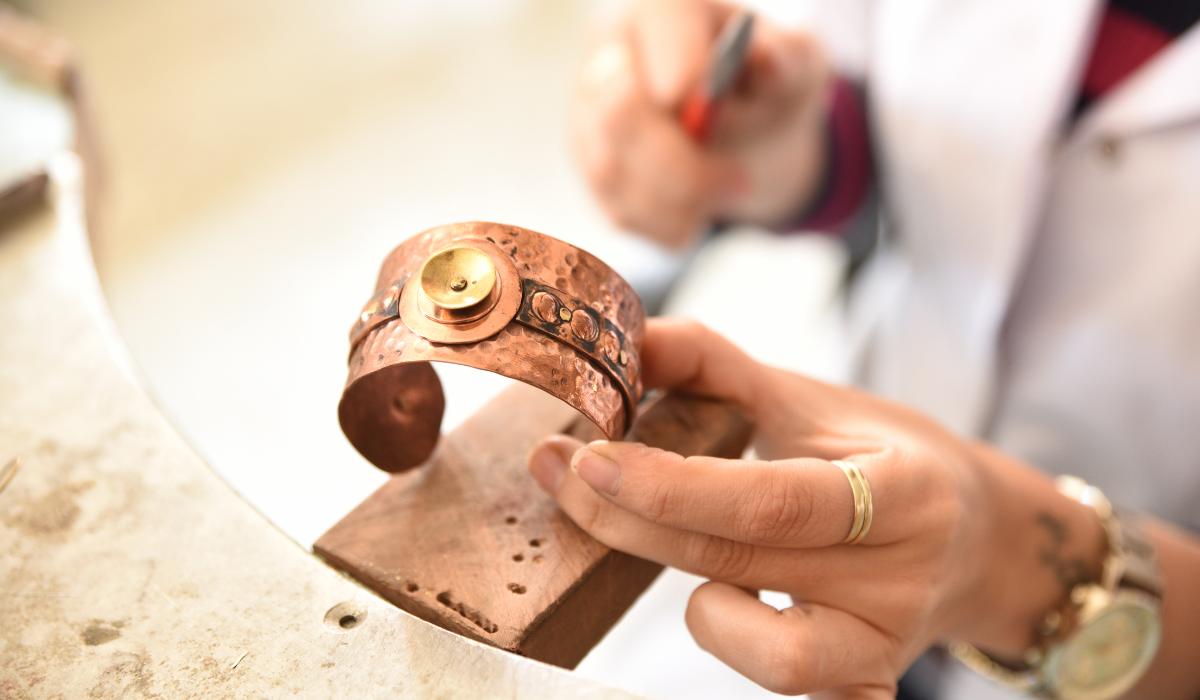What’s Included in Home Packing Services and How Do Pros Protect Fragile Items?
A quick look at what professional packers do and how they keep delicate items safe.

Moving to a new home can feel overwhelming, especially when it comes to sorting, wrapping, and boxing up everything you own.
This is where professional packing services step in—offering not only convenience but also peace of mind.
Whether you're relocating across town or across the country, packing professionals ensure that your belongings are organized, protected, and ready for safe transport.
In this comprehensive guide, we’ll break down what’s included in home packing services, how the home packing process works from start to finish, and the proven fragile item packing techniques experts rely on.
Understanding these details can help you decide whether hiring professionals is the right move for your household.
What’s Included in Home Packing Services?
Home packing services are designed to handle every step of preparing your items for a move.
While offerings may vary slightly between companies, most professional packers include a combination of the following:
1. Full-Service Packing
Full-service packing is the most comprehensive option. Professionals pack everything in your home—from kitchenware and décor to books, electronics, and clothing.
You can expect:
- Complete packing of all rooms
- Labeling of boxes for easy unpacking
- Protection for fragile and high-value items
- Inventory lists to help track belongings
This option is ideal for busy families, seniors, or anyone who wants to avoid the stress and time consumption of packing an entire house alone.
2. Partial Packing Services
If you only need help with certain areas—like the kitchen, China cabinet, or artwork—partial packing is a great alternative.
Professionals often handle:
- Fragile dishes and glassware
- Mirrors and picture frames
- Collectibles or antiques
- Heavy or bulky items
This service helps homeowners maintain control of some areas while still relying on expert help where it matters most.
3. Specialty Packing for Fragile or Valuable Items
When it comes to valuable or delicate possessions, specialized packing may be necessary.
This includes fine art, instruments, antiques, heirlooms, and high-end electronics.
Specialty packing involves:
- Customized crates
- Reinforced boxes
- Double-wrapping and cushioning
- Anti-static protection for electronics
Professionals use proven fragile item packing techniques to minimize the risk of damage during transport.
4. Furniture Wrapping and Protection
Large furniture pieces can be cumbersome to move and susceptible to scratches, dents, and tears.
Packing pros ensure everything is properly prepared for moving day.
Typical furniture packing includes:
- Furniture disassembly when necessary
- Wrapping with moving blankets
- Plastic stretch wrap to secure loose parts
- Padding edges to prevent damage
- Securing drawers and doors
This service ensures that large items arrive at your new home without a scratch.
5. Packing Supplies Included
One of the biggest benefits of hiring professional packing services is that they arrive fully equipped.
High-quality supplies cost money, and using professional materials ensures maximum protection.
Packing professionals typically bring:
- Sturdy moving boxes
- Dish packs
- Wardrobe boxes
- Bubble wrap and foam wrap
- Packing paper
- Stretch wrap
- Furniture pads
- Specialty cartons
This saves you time and ensures your items are packed with the right materials.
6. Unpacking Services
Many packing companies also offer unpacking at your new home. This includes:
- Removing items from boxes
- Placing things on counters or shelves
- Assembly of furniture
- Disposal of packing materials
Unpacking services help homeowners settle into their new space faster and more comfortably.
Understanding the Home Packing Process
The home packing process is systematic and organized to ensure nothing is missed and every item is safely prepared.
Here's a breakdown of what typically happens when professionals handle your move:
1. Pre-Packing Assessment
Before packing begins, movers perform a walkthrough of your home.
This helps them:
- Understand the size of the job
- Identify fragile or high-value items
- Determine the best packing strategy
- Estimate supplies needed
This assessment ensures the project runs smoothly and efficiently.
2. Sorting and Organizing Items
Professional packers categorize items by room, type, and fragility.
This step is crucial because it:
- Prevents overloading boxes
- Keeps items logically grouped
- Makes unpacking easier
Organized packing reduces the chance of lost or misplaced items during the move.
3. Packing Room by Room
Most teams pack one room at a time to maintain order.
They begin with the least used spaces—such as guest rooms or storage areas—and move toward main living spaces.
This structured workflow enhances efficiency and reduces disruption.
4. Labeling and Inventory Management
Clear labeling is a vital part of the home packing process.
Boxes are typically labeled with:
- Room name
- General contents
- Fragile indicators
- Directional arrows
Some companies create detailed digital inventories for high-value or delicate items to ensure extra care.
5. Final Walkthrough and Quality Check
After packing is complete, professionals conduct a final check to ensure:
- All boxes are sealed properly
- Furniture is wrapped
- High-value items are accounted for
- Nothing is left behind
This gives homeowners peace of mind before moving day.
Fragile Item Packing Techniques Used by Professionals
Fragile items require extra attention, and professionals use precise methods to ensure they travel safely.
Here are the most trusted fragile item packing techniques you can expect from experts:
1. Double Boxing
Fragile items like glassware or collectibles are often placed inside a smaller box with protective cushioning, then placed into a larger padded box.
This double layer absorbs shocks and prevents breakage.
2. Cushioning with Multiple Materials
Rather than relying on a single material, packers combine:
- Bubble wrap
- Foam pouches
- Packing paper
- Air pillows
- Corrugated cardboard inserts
This multi-layer approach stabilizes items and absorbs movement inside the box.
3. Wrapping Each Item Individually
Professional packers wrap each fragile item separately—especially items such as:
- Plates
- Wine glasses
- Figurines
- Ceramic dishes
Individual wrapping prevents items from colliding and cracking during transit.
4. Using Dish-Pack Boxes
Dish-pack (or dish barrel) boxes have thick walls that offer extra protection. These boxes are specifically designed for:
- Dishes
- Bowls
- Glassware
- Stemware
Combined with dividers, these boxes significantly reduce the risk of breakage.
5. Proper Box Weight Distribution
Packing experts never overload fragile boxes. Instead, they:
- Place heavy items at the bottom
- Add lighter items above
- Use plenty of cushioning
- Ensure boxes close properly without bulging
This keeps boxes stable and reduces strain on fragile items.
6. Securing Electronics and Screens
Electronics require special handling. Professionals use:
- Anti-static bubble wrap
- Original manufacturer boxes (if available)
- Screen protectors or cardboard corners
- Cable labeling for easy reinstallation
These steps reduce the chance of scratched screens, cracked casings, or internal damage.
7. Crating for High-Value Items
Items such as sculptures, antique mirrors, or fine art may require wood crating.
Custom-built crates offer unmatched protection and are tailored to the exact dimensions of the item.
Why Hiring Professional Packing Services Is Worth It
Hiring experts offers numerous benefits beyond convenience:
- Reduced stress and time spent preparing
- Improved safety for belongings
- Better organization during the move
- Minimized risk of breakage
- Faster unpacking at the new home
For families, seniors, and busy professionals, the value of a smooth, secure move is priceless.
Final Thoughts
Knowing what’s included in home packing services helps homeowners make informed decisions before a move.
From full-service packing to fragile item protection and inventory management, professional packing services take the guesswork out of preparing for relocation.
The combination of a well-structured home packing process and proven fragile item packing techniques ensures that everything from dishes to family heirlooms arrives safely at your new home.
If you want a move that’s efficient, stress-free, and fully protected, professional packing services are absolutely worth considering.
FAQs
What do professional packing services typically include?
Professional packing services generally include full-home packing, partial packing, organization, labeling, furniture wrapping, and materials such as boxes, bubble wrap, packing paper, and specialty cartons. Many companies also offer optional unpacking services at your new home. These services save time, reduce stress, and ensure belongings are packed safely and efficiently.
How does the home packing process work?
The home packing process starts with an initial assessment, during which packers walk through your home to determine the required materials and plan the packing strategy. Next, they organize items by room, pack them using proper materials, label each box clearly, and secure furniture for transportation. A final quality check ensures nothing is missed.
What fragile item packing techniques do professionals use?
Experts use several proven fragile item packing techniques, including double boxing, individual wrapping of delicate pieces, dish-pack boxes with dividers, anti-static protections for electronics, and custom crating for valuable or oversized items. These methods significantly reduce the risk of breakage during transport.
Do I need to provide my own packing supplies?
No. Professional packing services bring their own high-quality materials, including boxes, tape, packing paper, foam, bubble wrap, and specialty cartons. This ensures that all items—especially fragile ones—are packed using the correct materials for maximum protection.
How long does it take to pack an entire home?
The time needed varies depending on the size of the home and the complexity of belongings. A small apartment may take just a few hours, while a large home may require a full day or more. Professional packers work efficiently, often completing tasks much faster than homeowners packing on their own.
Are packing services worth the cost?
Yes. Hiring professionals can prevent damage, save time, reduce stress, and streamline the entire moving process. For families, busy professionals, seniors, or anyone with fragile or valuable items, the investment in professional packing services is often well worth it.











